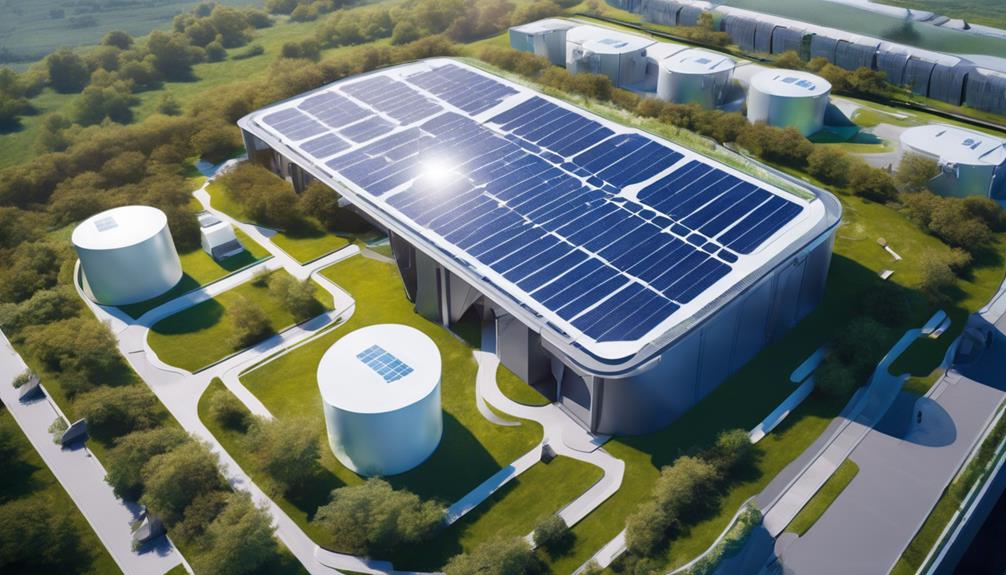
Solar energy is becoming increasingly popular as a sustainable power source. As homeowners and businesses look to harness the sun’s power, understanding the configurations of solar panels—specifically, series and parallel connections—becomes essential. In this article, we will explore the differences, advantages, and disadvantages of series and parallel solar panels, helping you make informed decisions for your solar energy system.
The Basics of Solar Panel Configurations
When setting up a solar energy system, you must choose how to connect your solar panels. The two primary configurations are series and parallel. Series connections involve connecting the positive terminal of one panel to the negative terminal of another. This setup increases the voltage while keeping the current the same. Conversely, parallel connections link all positive terminals together and all negative terminals together, which keeps the voltage the same but increases the current. Understanding these configurations is crucial for optimizing your solar energy system’s efficiency and performance.
Series Solar Panel Connections: Advantages and Disadvantages
Series solar panel connections can be beneficial in some scenarios. One of the primary advantages is that they can produce a higher voltage output, which can be ideal for long-distance transmission. This setup can reduce energy loss, making it more efficient in certain applications. However, series connections also have their drawbacks. If one panel in the series is shaded or underperforming, it can affect the entire string’s performance. This “weak link” syndrome can lead to significant energy loss, making it essential to carefully consider the placement and orientation of your solar panels in a series connection.
Parallel Solar Panel Connections: Pros and Cons
On the other hand, parallel solar panel connections offer distinct advantages. One of the most significant benefits is that if one panel fails or is shaded, the other panels can continue to operate at their full capacity. This redundancy can lead to a more reliable energy output. Additionally, parallel connections allow for easier expansion of the solar array, as you can simply add more panels without significantly altering the existing setup. However, a downside to parallel configurations is that while they maintain the same voltage, they increase the current, which may require larger gauge wiring to prevent overheating and energy loss.
Choosing Between Series and Parallel Solar Panels
Deciding whether to use series or parallel solar panel connections depends on several factors, including your energy needs, the layout of your roof, and potential shading issues. If your installation site is prone to shading, parallel connections may be the better choice, as they allow individual panels to operate independently. However, if you have a clear, unobstructed area for your solar array, series connections can be advantageous due to their higher voltage output. Evaluating your specific circumstances and consulting with a solar energy professional can help you make the best decision for your solar panel configuration.
Combining Series and Parallel Configurations
Many solar energy systems utilize a combination of series and parallel connections to maximize efficiency and performance. By connecting multiple strings of solar panels in series and then connecting those strings in parallel, you can achieve a balanced output that capitalizes on the advantages of both configurations. This hybrid approach allows for higher voltage output while still maintaining some level of redundancy. It’s essential to carefully design this type of system to ensure compatibility and efficiency, as mismatched panels can lead to performance issues.
Impact on Inverter Selection
The choice between series and parallel solar panels also affects your inverter selection. Inverters convert the direct current (DC) generated by the solar panels into alternating current (AC) for use in your home or business. Different inverters are optimized for different configurations. For instance, string inverters are often used in series configurations, while micro-inverters or power optimizers are more suitable for parallel connections. Understanding the relationship between your solar panel configuration and inverter choice is critical for ensuring your system operates efficiently and effectively.
Maintenance Considerations for Series and Parallel Systems
Maintaining your solar energy system is crucial for ensuring long-term performance. Series systems can be more challenging to troubleshoot, as a failure in one panel can affect the entire string. Regular inspections and cleaning can help reduce the likelihood of issues arising. On the other hand, parallel systems may be easier to maintain since each panel operates independently. However, it’s still essential to monitor the overall performance of the system and check for any signs of damage or degradation. Implementing a regular maintenance schedule can help prolong the lifespan of your solar panels, regardless of the configuration.
Conclusion: Making the Right Choice for Your Solar Energy System
In conclusion, understanding the differences between series and parallel solar panels is essential for anyone considering a solar energy system. Both configurations have their advantages and disadvantages, and the right choice will depend on your specific needs, installation site, and energy goals. By evaluating your options and perhaps consulting with a solar energy professional, you can design a solar array that maximizes efficiency and meets your energy demands. Whether you choose series, parallel, or a combination of both, investing in solar energy is a step towards a more sustainable future.
By understanding the intricacies of series parallel solar panels, you can make informed decisions that enhance the performance and reliability of your solar energy system, ultimately contributing to a greener planet.





